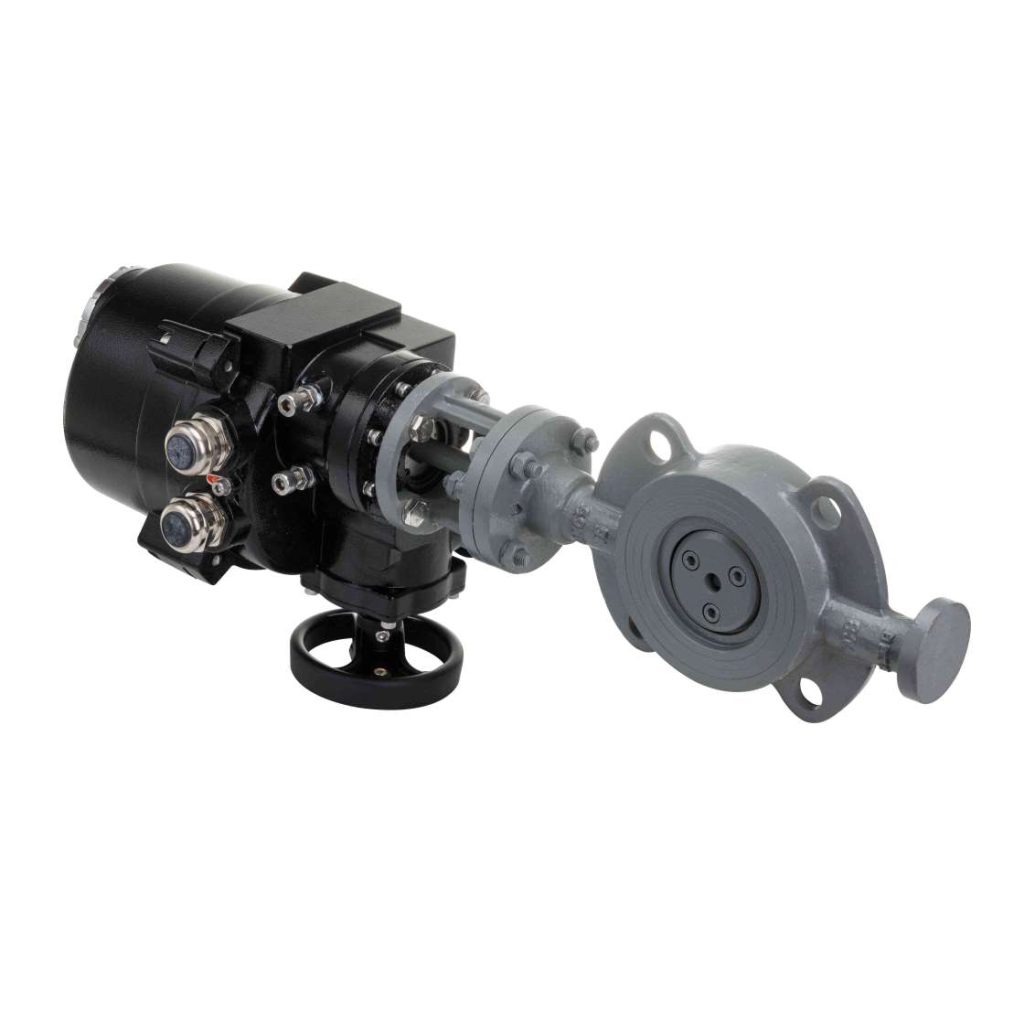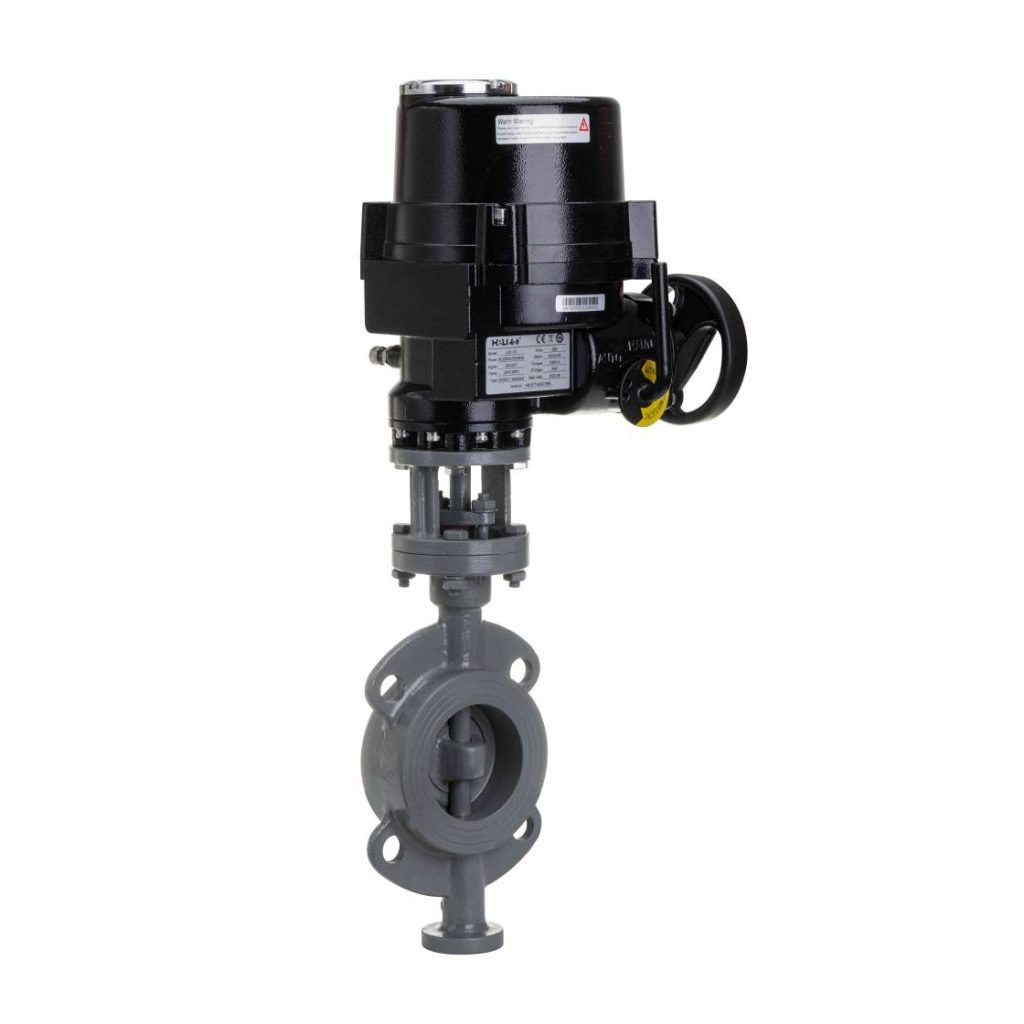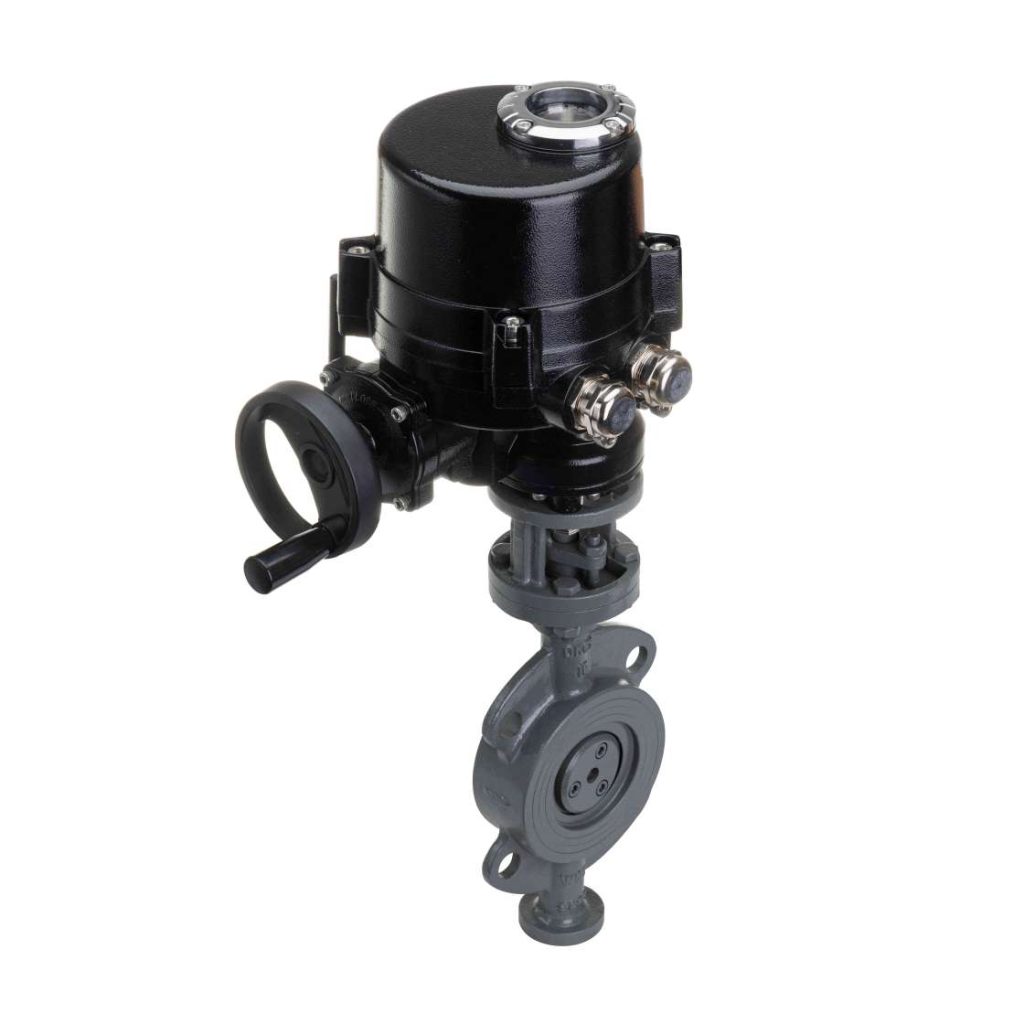The marine electric butterfly valve is a pivotal component in modern marine engineering, designed to enhance the efficiency and reliability of fluid control systems aboard ships and marine vessels. This article delves into its significance, functionality, and advantages within the maritime industry.

At its core, a marine electric butterfly valve is a type of flow control device that uses an electric actuator to regulate the flow of fluids, typically water, oil, or other marine-related substances. Unlike traditional manual valves, which require physical effort to operate, the electric butterfly valve employs an electric motor to adjust the position of the valve disc, allowing for precise control over fluid flow with minimal manual intervention.

The design of the marine electric butterfly valve is both innovative and practical. It features a circular disc that pivots within the valve body to open or close the flow passage. When the electric actuator receives a signal, it rotates the disc to the desired angle, thus controlling the flow rate. This mechanism offers several key benefits, including improved response times, reduced manual labor, and enhanced operational efficiency. One of the ultimate advantages of using electric butterfly valves in marine applications is their ability to operate in harsh environments. Marine vessels often encounter extreme conditions such as high humidity, saltwater exposure, and varying temperatures. Electric butterfly valves are engineered to withstand these challenges, featuring corrosion-resistant materials and robust designs that ensure long-lasting performance and reliability.

Leave a Reply